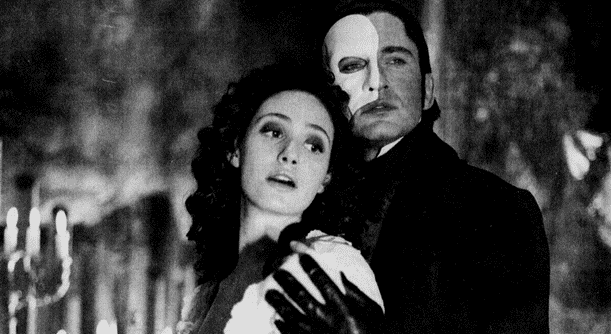│By Evelyn Moran, Gale Ambassador at the National University of Ireland Galway│
Most of us grow up watching musicals on TV, our childhood a medley of singing animals and cartoon princesses. Sometimes we even sing the songs in the shower. As a society we’ve created academic courses on the subject and vigorously debated the merits of live shows versus DVDs. One musical that has without a doubt entered the collective consciousness is Andrew Lloyd Webber’s Phantom of the Opera, itself an adaptation of the Gaston Leroux novel. Phantom has left its imprint on pop culture and on the theatre. In this blog post I use Gale Primary Sources to learn more about the musical, which movies may have influenced it, and perhaps shed some light on how it has so enchanted us.
First off, I used Gale’s Topic Finder tool to take a look at the terms associated with Webber’s production:

At first the wealth of information was a little overwhelming, but on taking a closer look I noticed the names of some actors renowned for their starring roles, one of them being the first actor to play the titular role: Michael Crawford. Investigating the list of articles this visualisation gave me, I found that in 1987 Crawford was voted Showbusiness Personality at a Variety Club awards ceremony for his role in Phantom and in another musical called Barnum, as reported in The Times Digital Archive. Additionally, when Sarah Brightman, the first Christine was barred from participating in the 1987 Broadway production, Andrew Lloyd Webber and British Equity stepped in. Keith Turner, Business Affairs Director of the company producing the musical, said “There is a chance the show will not go ahead if Sarah Brightman is not allowed to take part”. Certainly then, it’s not unreasonable to assume that the actors themselves had something to do with the musical’s popularity.
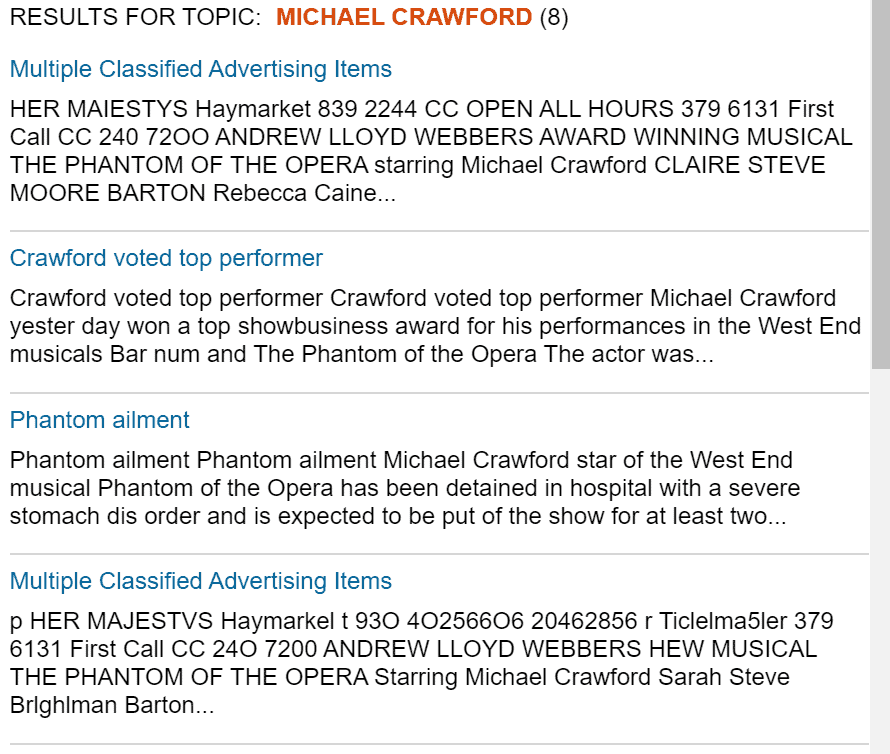
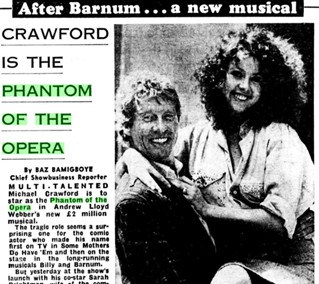
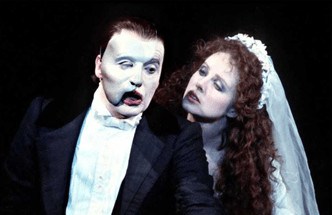
In 2004, a film version of the musical was released, starring Gerard Butler and Emmy Rossum. The director, Joel Schumacher, had his own theory why Phantom was so engaging: “I think the Phantom represents the hurt, the rejection, we have all felt at times.” To Schumacher, the tale of Phantom is, at its heart, a retelling of Beauty and the Beast. The film came with its own share of rejection too, being a production fifteen years in the making and resulting in many audition tapes Schumacher asserts he has burned, lest they wind up on the internet!
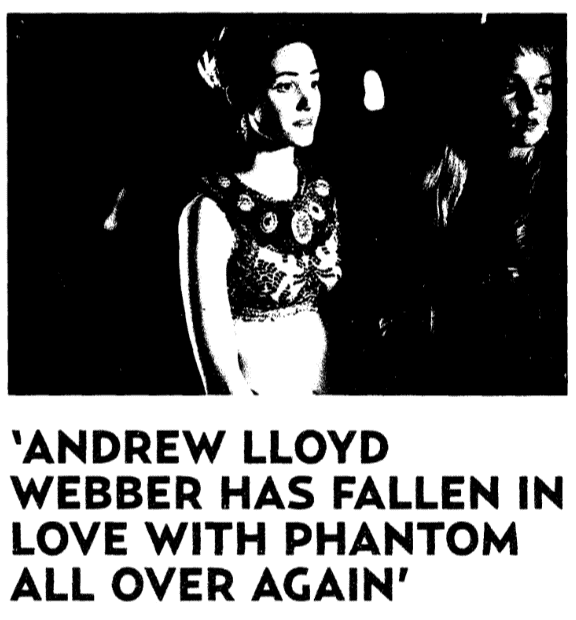
If Schumacher is right, perhaps the musical’s source material, the novel by Lereoux, could shed some light on the matter. An article in the Times Literary Supplement Historical Archive by Ruth Morse details some of the novel’s history. Le Fantôme de l’Opéra was Gaston Leroux’s most famous novel and was published in the newspaper Le Gaulois between 1909 and 1910. Morse opines that the novel owes its popularity to both the musical and the 1925 movie (unrelated to the musical) starring Lon Chaney. Morse calls the novel a “preposterous fantasy” and decries its use of clichés but concedes that Leroux had a strong plot.
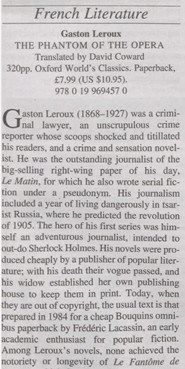
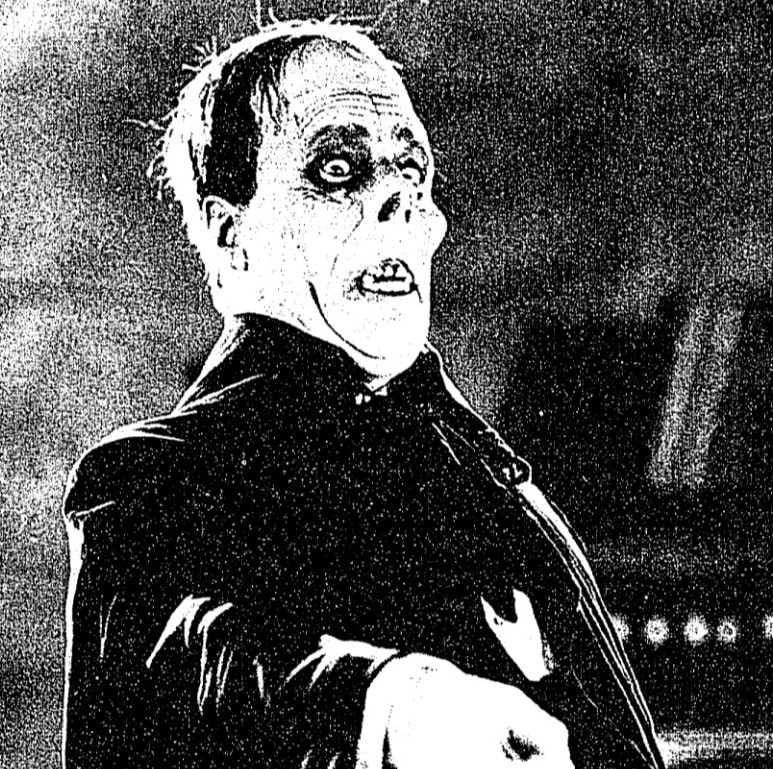
Andrew Lloyd Webber’s musical may also draw some inspiration from Universal’s 1925 movie. Whilst the musical takes a less clear line, Universal chose to frame the story as a horror. However, several scenes from the film have become synonymous with our understanding of the story, such as the masked ball and the unmasking of the phantom. According to Geoff Brown, the film “unwittingly created a visual template for every Phantom that followed”. It’s not unreasonable to imagine that Webber’s Phantom was influenced in part by this template, even if the musical is not as easy to categorise as a horror story as the movie.
I can only conclude the allure of Phantom is as multifaceted and mysterious as the title character. Webber has crafted an impressive beast, and one unlikely to be slain by the ravages of time. Phantom is likely to be as popular in ten years as it ever has been, continuing to entrance new viewers with its magic.
Interested in reading more about theatre, musicals and opera, with use of primary sources? Check out Cultural Appropriation or Swiftian Satire? Gilbert and Sullivan’s The Mikado or Jenny Lind – the Swedish Nightingale. You can also explore the Arts and Culture category to find something of interest!
Blog post cover image citation: “Tills ringing Phantom keeps audiences enthralled.” Financial Times, 30 Apr. 2007, p. 20. Financial Times Historical Archive, https://link.gale.com/apps/doc/HS2307067650/GDCS?u=webdemo&sid=GDCS&xid=dbfb4278

